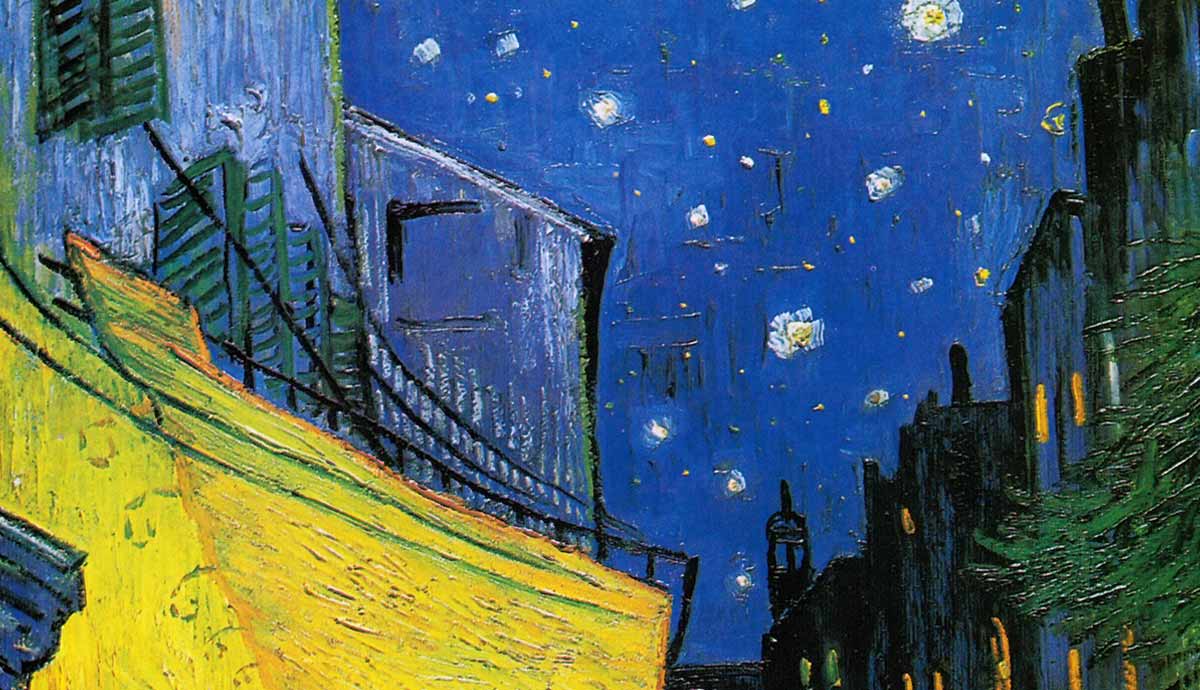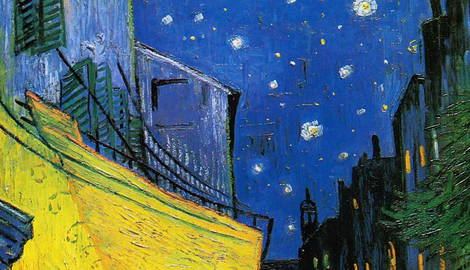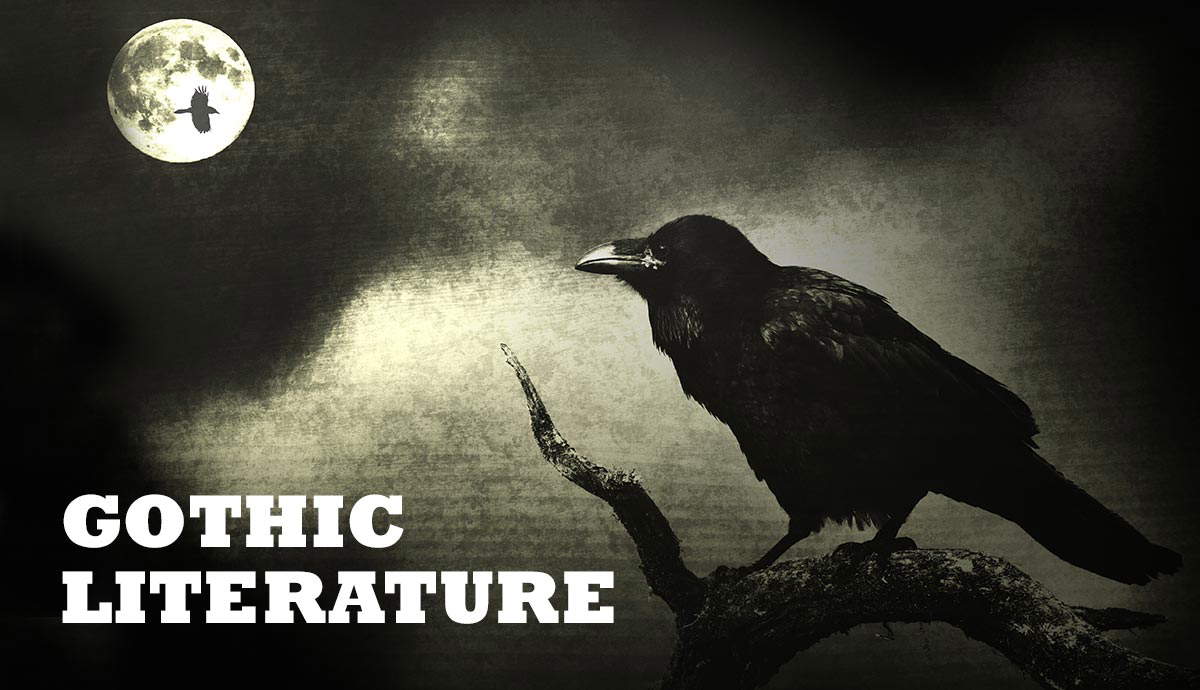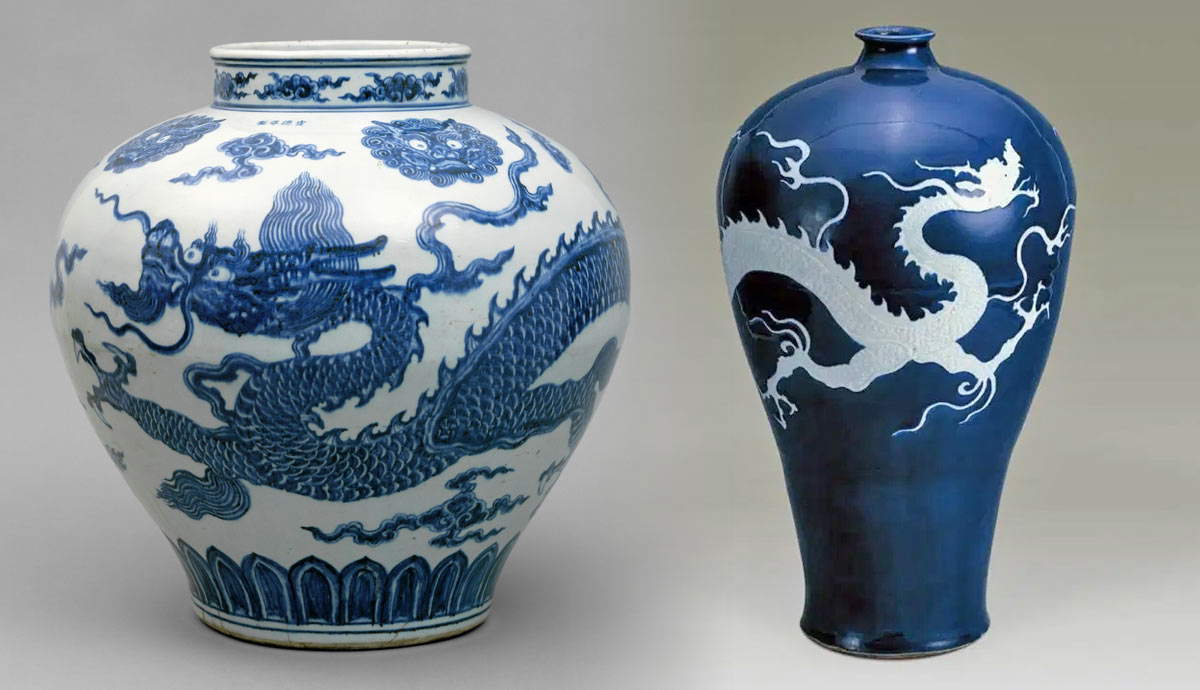
One of the first works that come to mind when thinking about Van Gogh is his signature ink-blue sky dotted with dazzling stars. Not content with painting a traditional night scene in austere dark paints, Van Gogh used color, movement, and contrast to bring life into his Café Terrace at Night. Let’s see what makes this popular painting so special and what the story behind this masterpiece is.
When Did Van Gogh Paint “Café Terrace at Night”?

Van Gogh painted the Café Terrace at Night in the middle of September 1888. In February 1888, the artist arrived in Arles, a picturesque town in the south of France, with the double aim of improving his health and finding new inspiration for his paintings. Supported and encouraged by his brother Theo, the painter lived in Arles for over a year, painting many of his most recognizable works in this town.
Initially staying at a hotel, Van Gogh moved to the Yellow House in September. Originally rented as a studio, he later made it his residence as well. The artist hoped to establish an artistic community in Arles, repeatedly inviting Gauguin to join him. Gauguin finally agreed, but they only stayed in Arles for two months. By December of 1888, the two artists had a series of disagreements culminating in an episode during which Van Gogh cut off his ear.
Like other painters who chose a specific area for their art’s inspiration, Van Gogh saw the southern town of Arles as the center of an artistic colony he meant to gather around himself. Although these plans never came to pass as planned, Arles contributed significantly to Vincent van Gogh’s art, inspiring him to use brighter, bolder colors that mirrored the sunlit landscapes of Provence.
Where Did Van Gogh Paint “Café Terrace at Night”?

Have you ever wondered where the café Van Gogh painted in his Cafe Terrace at Night is located? Despite the fantastic lighting and the huge stars above it, the café in Van Gogh’s painting depicts a real place. The small café painted by the artist was located in the Place du Forum, a public square in Arles.
What Are the Themes of “Café Terrace at Night”?

Van Gogh’s use of colors and the bold, textured brushstroke technique, called impasto, give the painting an energetic, animated feeling. Let’s explore some of the themes in Café Terrace at Night. Despite the tranquillity of the subject, which is a not particularly busy nighttime café, there’s something slightly disquieting about Van Gogh’s Café Terrace at Night. This impression could be created by the bright, contrasting colors. However, there’s also a hidden restlessness in the painting’s texture and brushstrokes. While energetic brushstrokes were part of Van Gogh’s painting technique, the unsettled sense of movement could also reflect the artist’s struggle to fit into a new environment. In a letter to his brother, Van Gogh shared his goal, “The question of painting night scenes or effects, on the spot and actually at night, interests me enormously.”
The café Van Gogh chose for his experiment is dominated by the yellow awning, with several scattered tables accommodating seated visitors. The viewer’s focus soon shifts to the figure of the waiter, who stands out as the only figure in white and the only one standing. The café’s well-lit terrace seems set apart from the streets of Arles. Its warm, bright yellows and ochres contrast with the nocturnal blues, greys, and greens of the street, which add a melancholy note to the scene outside of the café’s encompassing yellow glow.

The fact that some of the café tables and chairs are haphazardly placed on the edge of the terrace’s warm glow heightens the dream-like, disturbing mood. The chairs in the foreground are even turned to face the viewer, not grouped around the table as expected. The cobblestone pavement adds another dimension of agitated movement to the painting, as each stone stands out in vigorous brushstrokes, creating small mounts and valleys on the surface of the road. The artist conveys the texture of the buildings with shutters, door frames, and window frames, each adding a layer of color and detail to the summer night. The bursting stars in the deep blue night sky add to the feeling that the whole universe is restless and in motion.
Isolation

Despite the vivacity of the night scene portrayed by Van Gogh, there’s a subtle feeling of isolation and loneliness, as well. There’s a peculiar lack of interaction between the figures; some of the café’s visitors are seated alone at their tables, while others aren’t facing each other. The figure of the waiter stands out as he goes about his demanding work of serving the café’s patrons, who stare blankly forward, contemplating something in the night. The viewer gets the strange sensation of the café being cut off from the rest of the world, like a lamp-lit, isolated island in the deep blue night. The café is a place where people meet, but also a place where a solitary person gets lost in a crowd.

While this theme isn’t as prominently explored in Van Gogh’s Café Terrace at Night as it is in later works of art, like Nighthawks by Edward Hopper, it’s present, nonetheless. The artist worked far from his family and friends, striving to maintain the rigorous pace he set for himself, sometimes painting for twelve hours straight and then sleeping for twelve hours.
Another element that adds to the mysterious loneliness of the scene is the starry night sky itself. The stars swirl overhead, but the figures in the street seem to be oblivious to its awe-inspiring beauty. They go about their business, and the stars blaze on without an audience, losing none of their mystery or power.
This reinforces the sense of wonder and detachment that the stars have typically produced in humans throughout the ages. Van Gogh returned to the theme of the starry sky several times during his artistic career. He went on to produce further masterpieces like The Starry Night Over the Rhône (1888), The Starry Night (1889), and Road with Cypress and Star (1890).
Inspiration Behind Van Gogh’s Night Sky

Paintings that depict nighttime landscapes and city views are called nocturnes. Unsurprisingly, painters sought to capture the fascinating, star-speckled night sky, a difficult yet irresistible feat. One of the first nocturne paintings in European art history that gives a naturalistic depiction of the night sky is Adam Elsheimer’s The Flight into Egypt. True to the Biblical description of the Holy Family’s last-minute escape from Herod, the painting shows the Virgin Mary with the Christ child riding on a donkey, with St. Joseph walking by their side. The night sky, illuminated by the rising Moon on the right of the canvas, is painted in great detail, showing one of the first depictions of the Milky Way in art.
Just like in Van Gogh’s Café Terrace at Night, Elsheimer’s painting plays with several light sources, including light from the stars, the moon, the moon’s reflection in a small lake, a torch carried by St Joseph, and the firelight of a shepherds’ campfire sending sparks and smoke into the sky. Similarly, Van Gogh’s painting counterposes the natural, silver-white light from the stars and the artificial gas lighting with its powerful yellow glare.

Another influence in Van Gogh’s desire to capture the night scene shown in his Café Terrace at Night could be traced back to the artist’s fascination with Japanese woodblock prints. Vincent van Gogh is known to have been captivated by Japanese prints, collecting them together with his brother Theo.

Ukiyo-e prints produced in Japan during the 19th century often focused on scenes of contemporary Japanese life. Depicting actors, courtesans, or scenes from the bustling streets of Edo (modern Tokyo), these scenes captured the momentary experiences of the contemporary world. The collection of Japanese ukiyo-e prints gathered by Vincent and Theo Van Gogh could be seen as an influence on the artist’s choice of subject, as well as the introduction of clear-cut patches of colors to portray the vivid café scene.
Colors in Van Gogh’s “Café Terrace at Night”

Van Gogh’s use of colors was innovative and shocking. Instead of using subtle, subdued colors favored by the Academic artists of his day, Van Gogh didn’t shy away from using bright, flamboyant hues, even in his night scenes. His particular favorites seem to have been the vivid yellows and powerful blues that stand out in numerous examples of his work.
There have been attempts to explain the artist’s preference for yellow by attributing it to Van Gogh’s possible mental condition and its treatments. However, there’s little evidence that this could have influenced his preference for this color. Gauguin reminisced about Van Gogh’s love for sunlight and abhorrence of fog and dull weather, which could explain the troubled artist’s tendency to use bright colors in his art. And certainly, the bright yellow paints helped him convey the impression that the South of France made on him, with its plentiful sunshine, distinctive culture, and leisurely pace of life.
For Van Gogh, color wasn’t merely about conveying the physical world as the artist saw it; it was an attempt to convey his internal vision and emotions. Yellow symbolizes the sun, happiness, energy, optimism, and spontaneity, while blue represents the sky and spirituality. Van Gogh combined his effort to capture the vitality and buoyancy of Arles with his inner vision of the starry night in the south.

In one of his letters to his sister, Van Gogh writes that the idea for a painting of a nighttime cafe came to him after reading a vivid description of a café in Bel Ami by Guy de Maupassant (this very novel appears in one of Van Gogh’s still life paintings). He also explains his motivation for using vivid colors in his depiction of the night scene: “If you look carefully, you’ll see that some stars are lemony, others have a pink, green, forget-me-not blue glow. […] it’s clear that to paint a starry sky it’s not nearly enough to put white spots on blue-black.”
Van Gogh’s nighttime café became an iconic image of Postimpressionist art, contributing to the artist’s popularity, which is still inspiring plentiful films about the artist and innovative, immersive exhibitions like Van Gogh: The Immersive Experience. The Café Terrace at Night is now often seen as romantic and joyful, but the artist’s year at Arles was filled with both inspiration and anxiety, resulting in restless and powerful canvases that still fascinate viewers with their charm.










